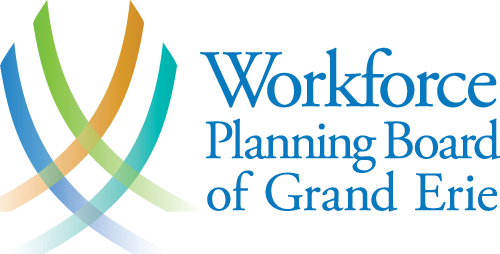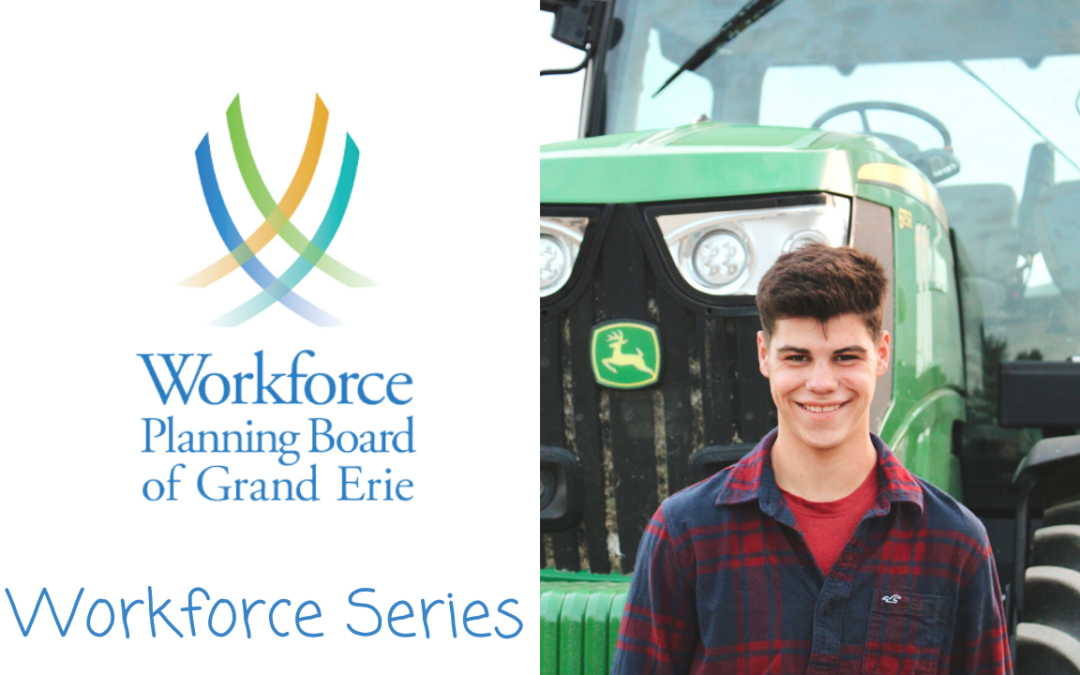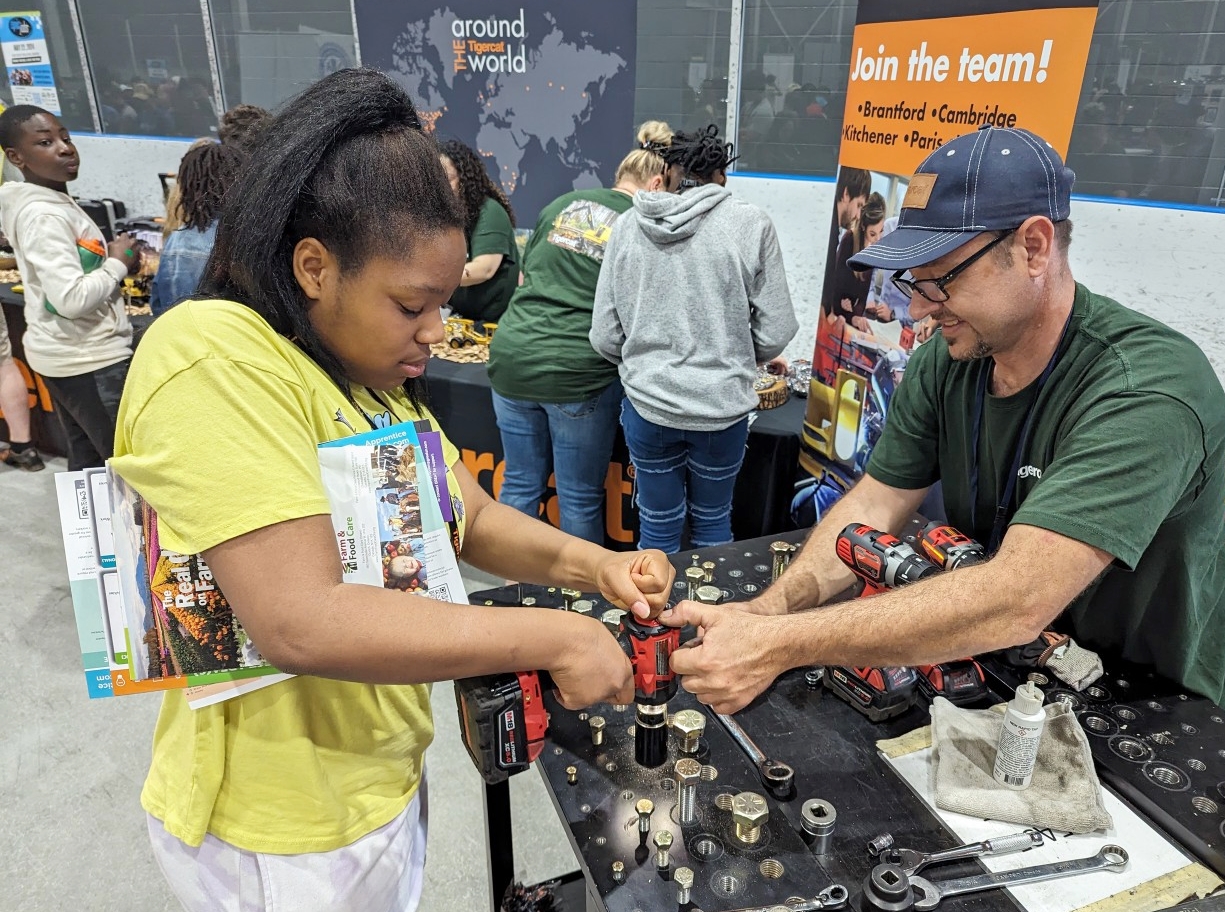
Workforce Series – Interview with Caleb Haines
In this week’s Workforce Series, where we share stories from local people who work in some of our region’s most important industries, we talk to Caleb Haines who is a licensed Automotive Service Technician for Bluestar Ford in Simcoe. He is also a mentor for Organized Kaos, a unique organization in Brantford that apprentices young people in life and the skilled trades by having youth work alongside established skilled trades persons.
While our new Work-Life Balance Study informed us “43% of local residents said they worked overtime everyday/couple times a week”, much of the automotive service industry works a standard 8am-5pm day, making it a good industry for those who want a clear separation of work and personal life.
In our feature, Caleb talks about how he benefited from an accelerated Ontario Youth Apprenticeship Program, the importance of dedicating time to training, the role his service manager played as a mentor and about living within your means.
Watch our interview with Caleb here: https://youtu.be/WYZbXBoNkMY

Some additional highlights from Caleb:
“I was very fortunate to have been able to take an Ontario Youth Apprenticeship Program through Mohawk College in grade 12 of high school. I earned my level 1 while in school which made me able to get my license a year earlier than most. It accelerated my career and gave me the opportunity to buy my first house at a young age.”
“I was also lucky to have a mentor to help me through my first few years of training and getting my license. He helped me to get off on the right foot in my career and navigate my apprenticeship training setting me up for success.”
On advice to young people – “Looking back, I would have taken all courses in high school seriously, including academic classes. Many skills come to be useful as a technician, or potentially transitioning your career to becoming a business owner.”
“In addition to being a licenced 310s Automotive Service Technician, I have a master technician certification from Ford. I wish I had focused on my specialty training earlier. Training is the key to your success – investing in all of the training you can do is well worth your time. Your pay will also often reflect the amount of training you have.”
“Within my current role and my pay plan (flat rate), I am able to make anywhere from $70, 000 to $100, 000 per year based solely on what I put into it. Automotive is a business that will never slow down, it’s only expanding and career security is massive!”
“To achieve good work-life balance, live within your means to reduce money stress. Give it your all while working, but schedule or plan free time for you – to leave any work stress behind and pursue hobbies.”
Thank you to Caleb for sharing his story with us! Stay tuned for next week, when we present another local story and industry!
Looking to explore a career or find a job? Check out Grand Erie Jobs – the biggest career and job site in our region!











